
Why does Iceland have such a name? To answer this question let's have a
look at the largest glacier of Iceland called Vatnajökull. A place from
where numerous icebergs start their cruises.
The beautiful glacier lagoon - a quite uninhabited place.
Bracing air and a wonderful view from the tent which most of the hotels won't be able to offer you.
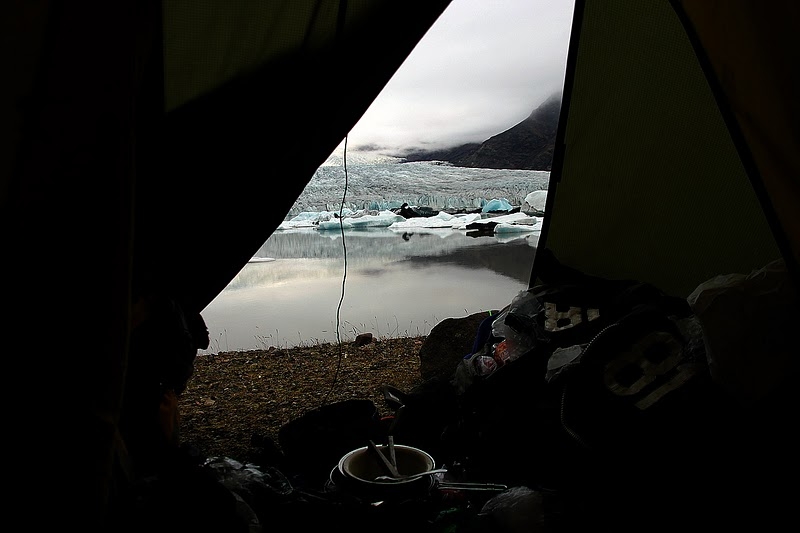
Here Vatnajökull throws off its ice cover into the lagoon.

All night long mysterious crack and frightening rumble sound in the air. The glacier slowly creates its icebergs.

A cold breath of the glacier makes you feel like standing in front of the opened refrigerator.

Though the sun comes out sometimes, the temperature remains the same. Hands get a cramp without gloves.
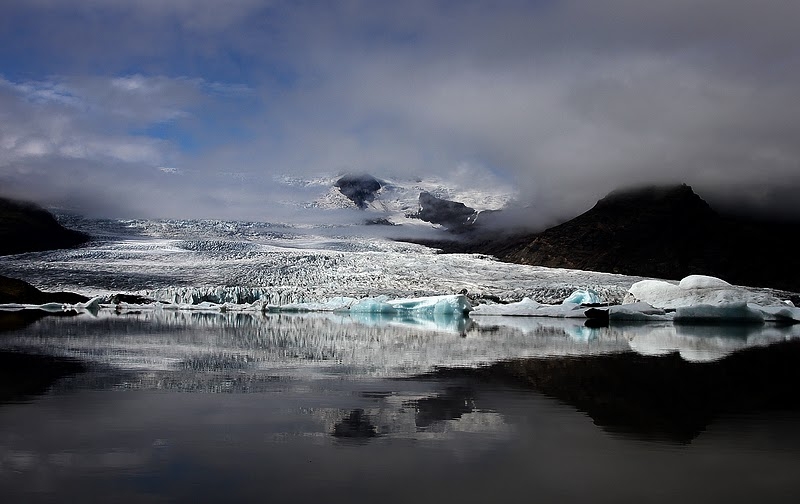
But these trivial matters don't prevent these people from making their dream of touching a real iceberg come true.
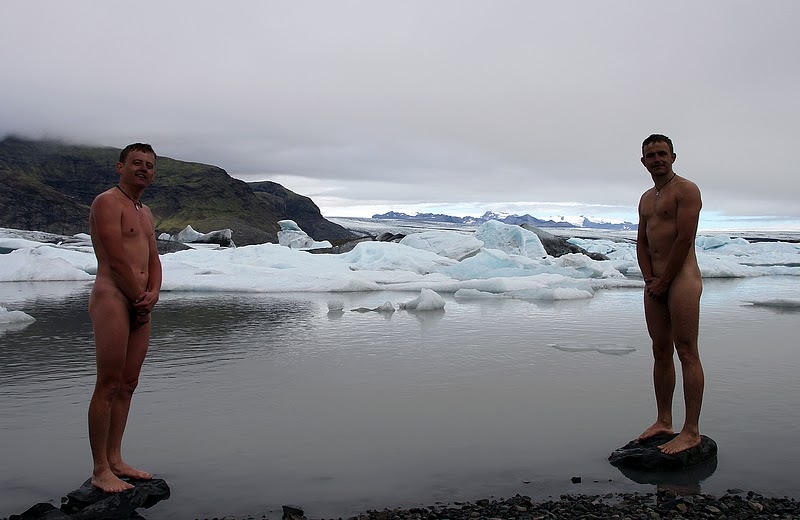
The water temperature is +2 C. The air temperature is about +6-7 C.

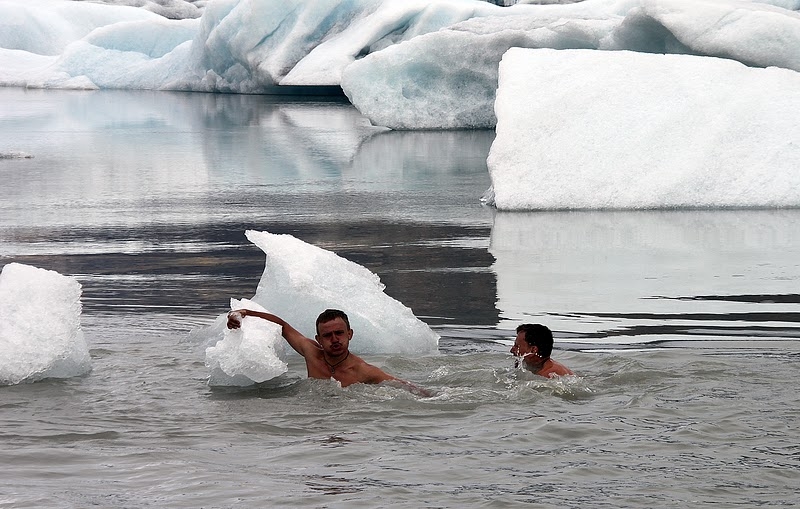
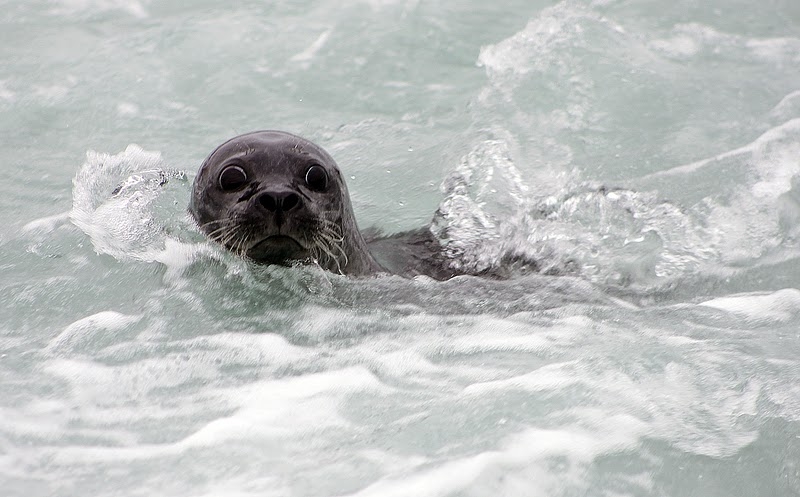
10 km far from that place is another lagoon, much more popular than
Vatnajökull and especially beloved by tourists. It's called Jökulsárlón.
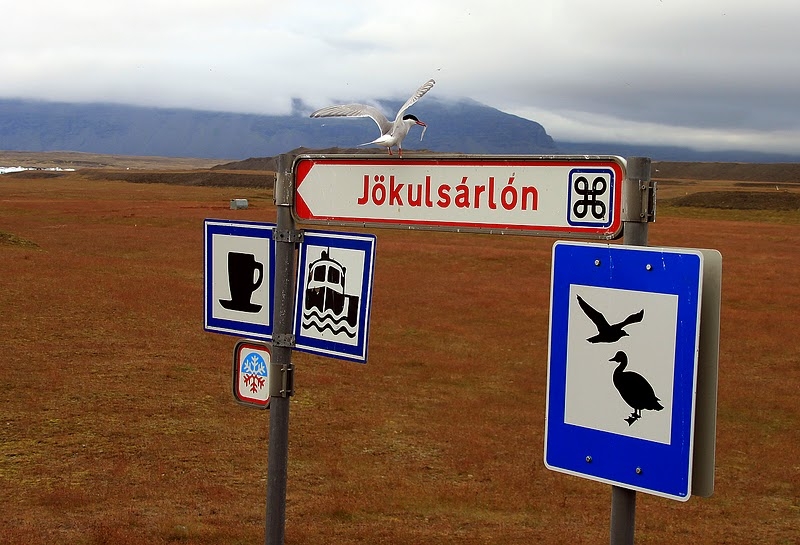
It's not only the icebergs that attract tourists so much but also a
fast river full of fish and many beautiful birds in the sky.
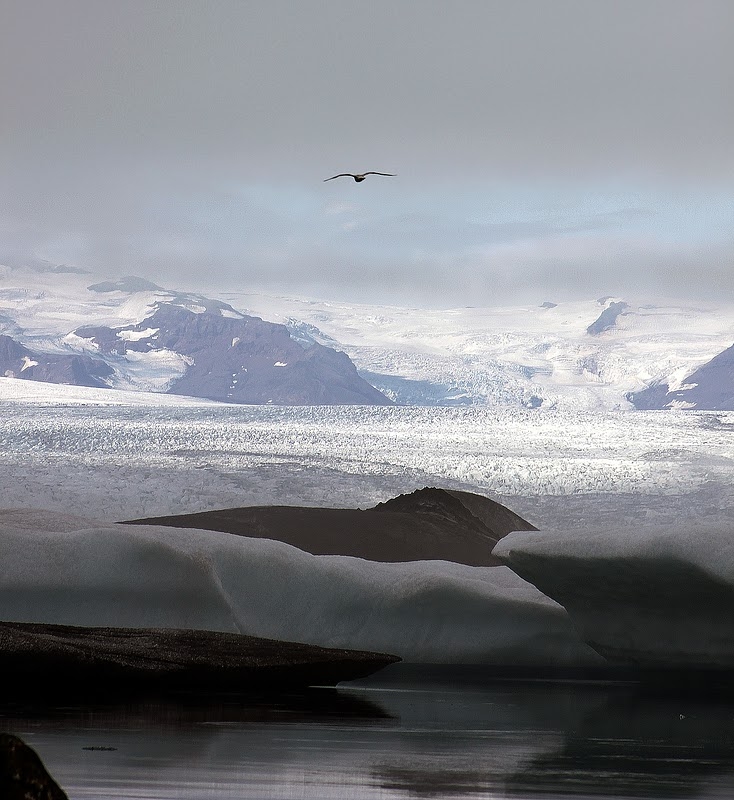

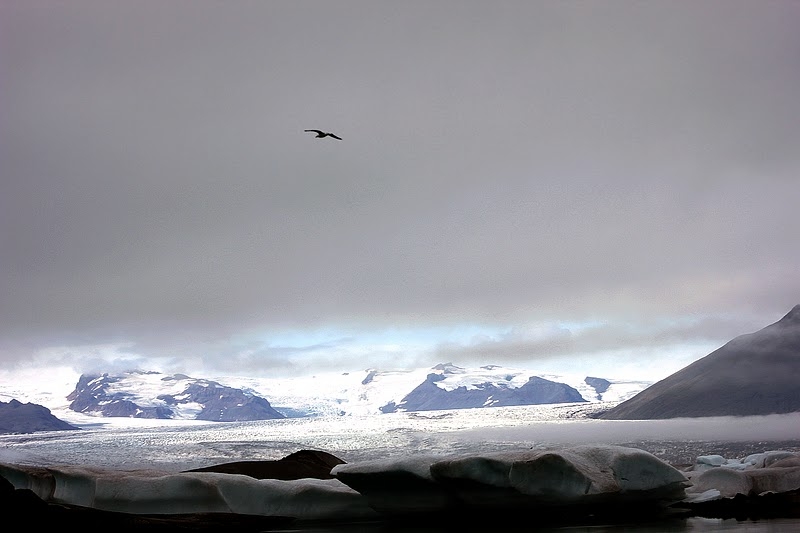
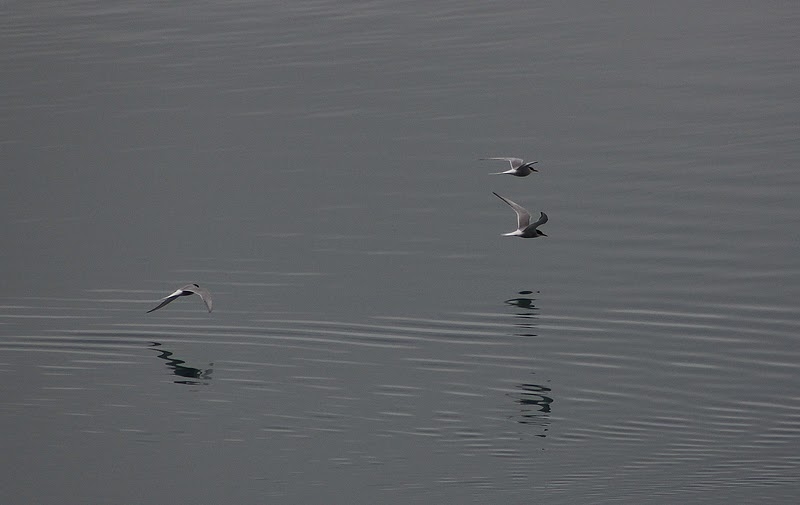
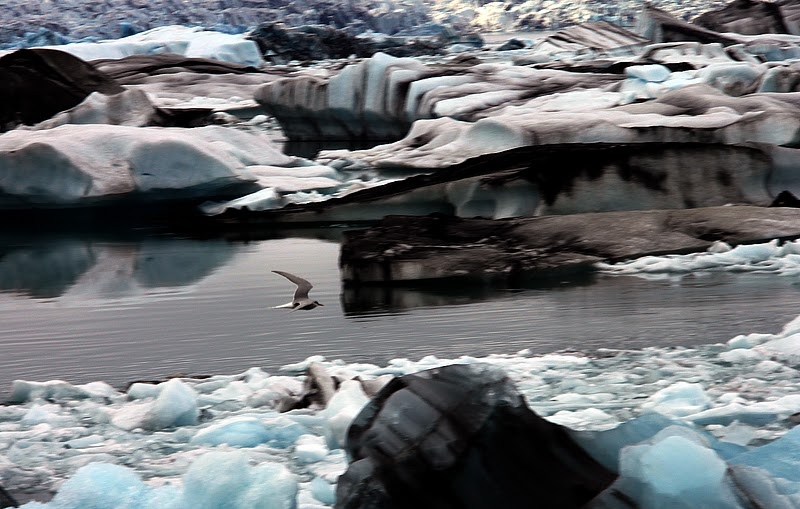
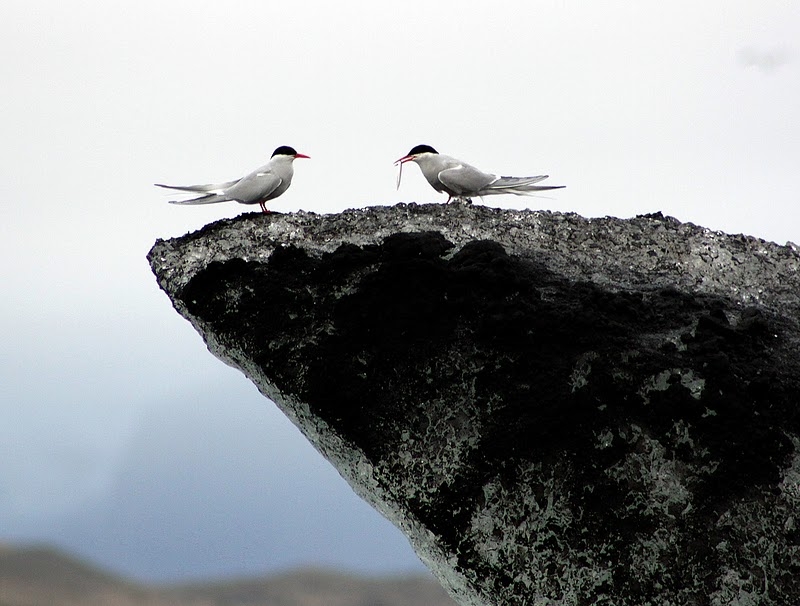
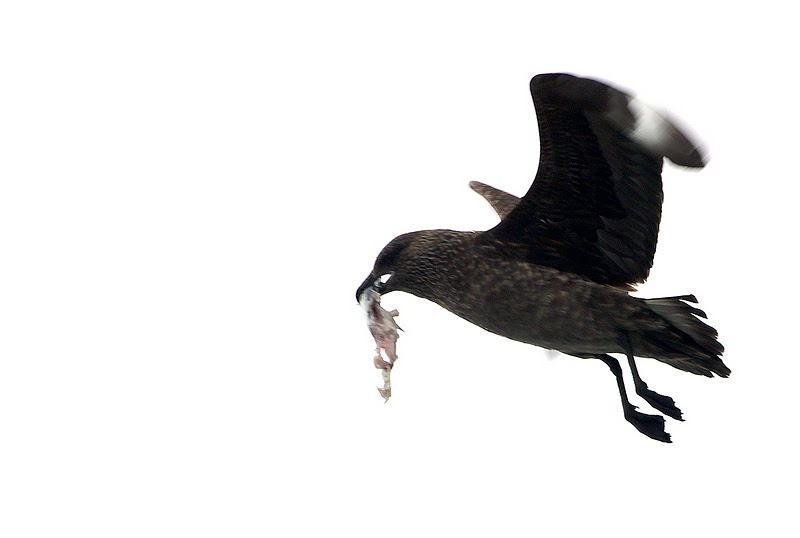
Seals hunt in the water and entertain tourists in their own way.

For those who want to get acquainted with icebergs but don't want to do
this in the seals' way, there is a good alternative - amphibias.
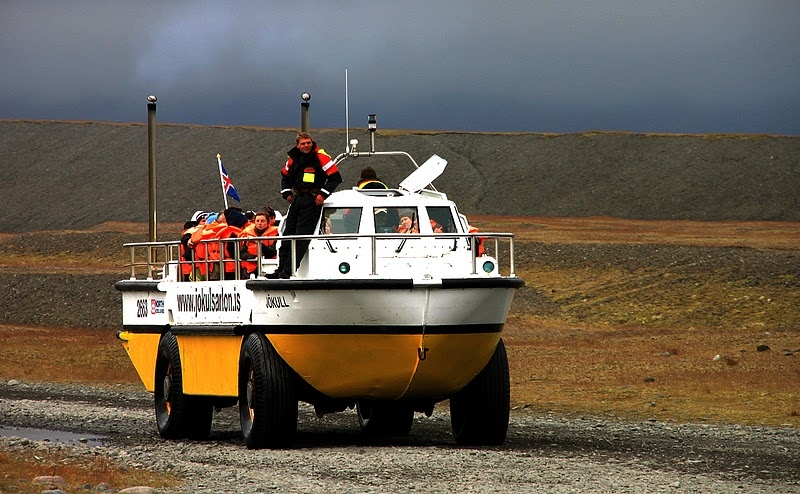
3000 crowns (about $25) and you are on a short cruise along the lagoon.
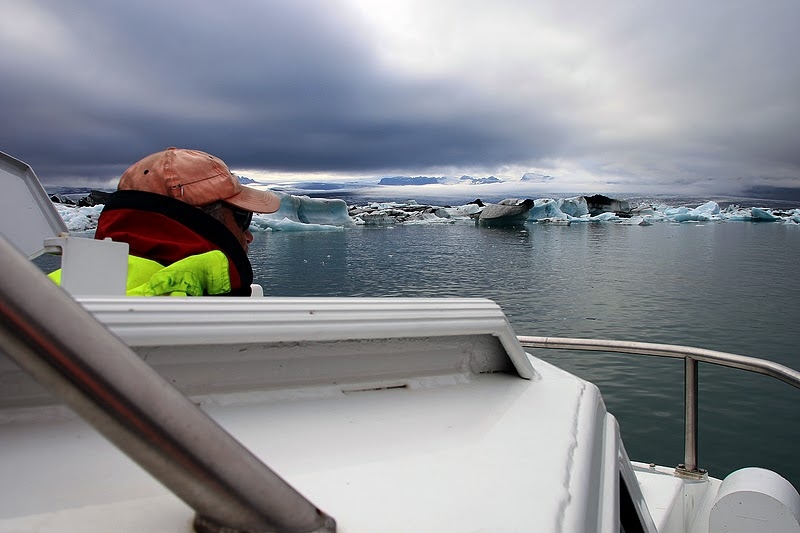
These amphibias were once used in the film "Lara Croft: Tomb Raider".
They depicted Russian ships somewhere in Siberia and were repainted in
green to look more natural.
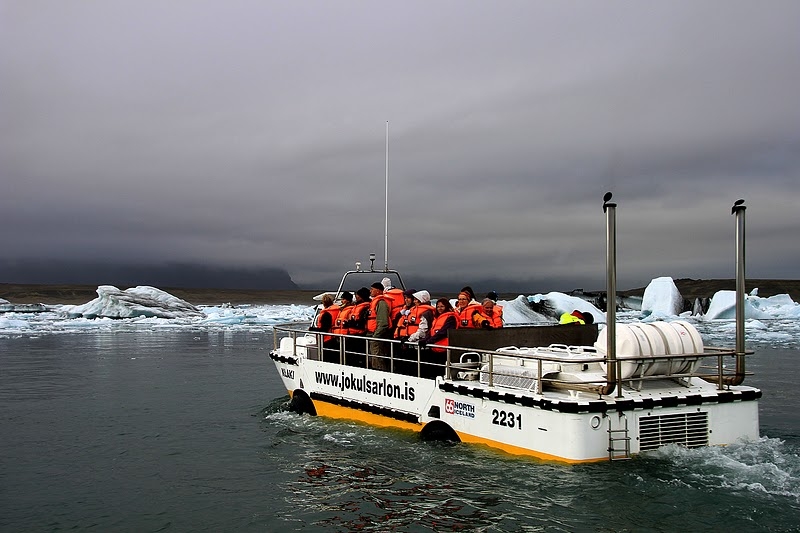
A one-minute scene from the James Bond's adventures was also shot here.
For this purpose the whole lagoon was frozen in a month.

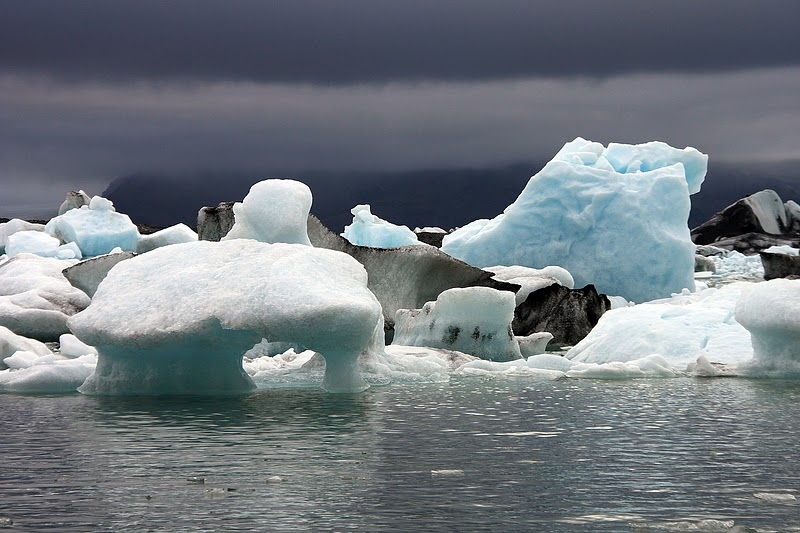

A motor boat explores the road among the ice. Icebergs constantly move,
turn upside down and break to pieces. That's why it's a very important
kind of work.

This piece of ice is 1000 years old. At the time of the first settlers
the fallen snow was compressed, turned into the ice and started its slow
moving to this lagoon.

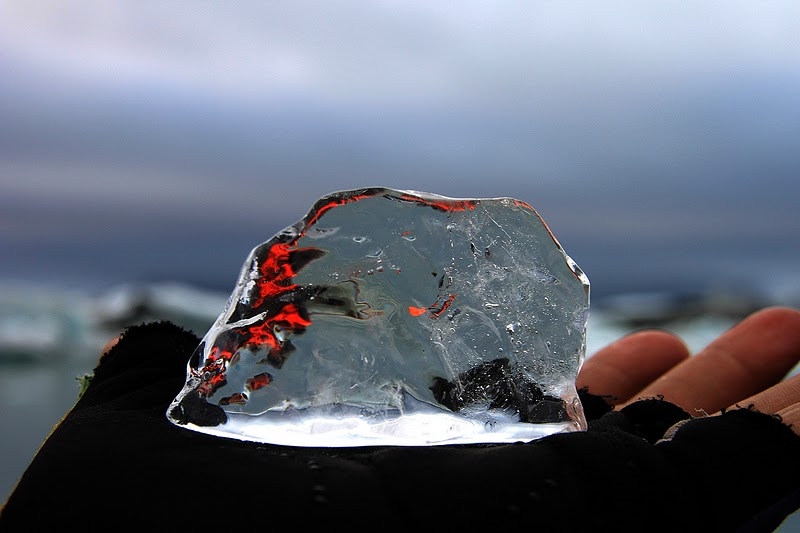
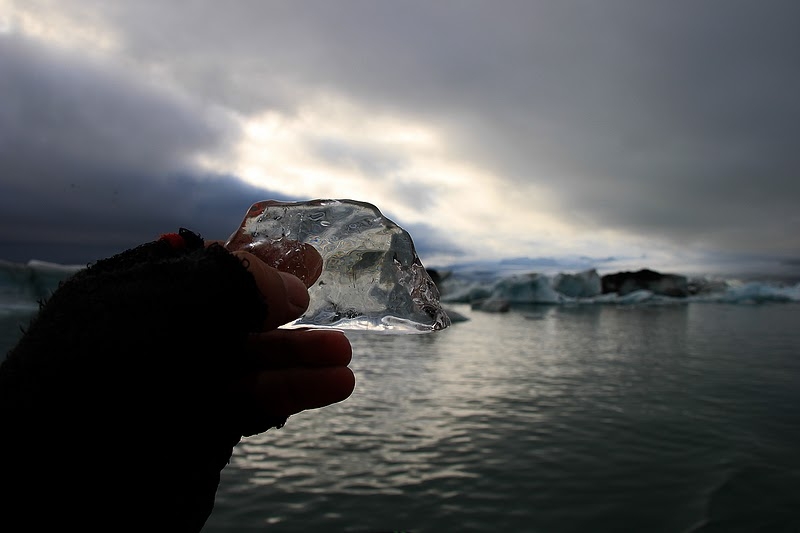
Water (even in the form of ice) absorbs the whole spectrum except the
blue color which reflects. But there is one important condition - the
ice must be thick and smooth. After an overturn the iceberg is blue but
then the upper layer melts and it becomes white again.
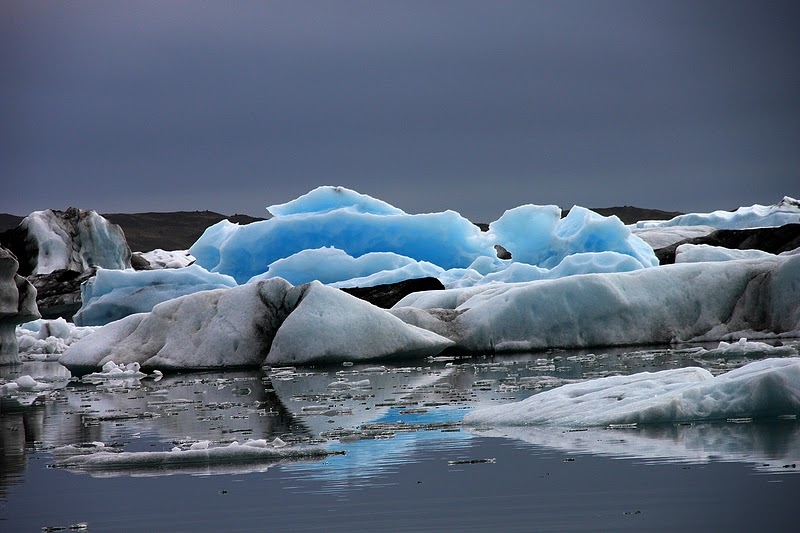
The black stripes are mud and ash. The evidence of the former cataclysms.
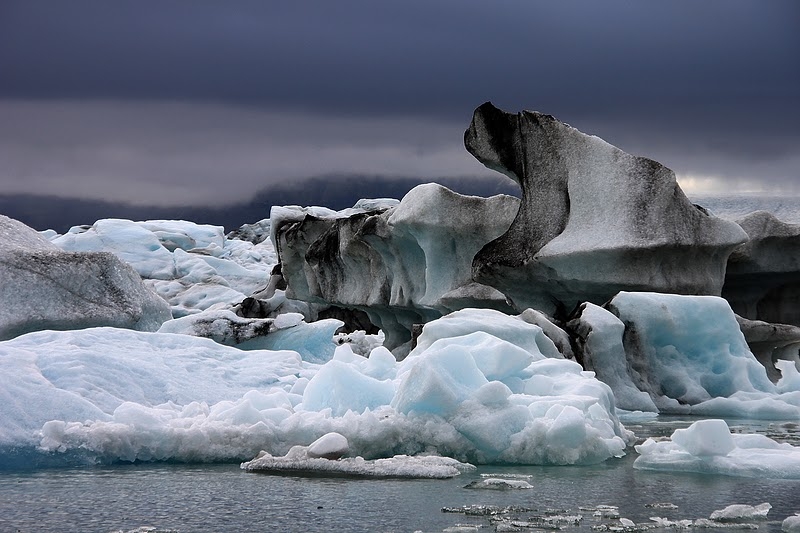
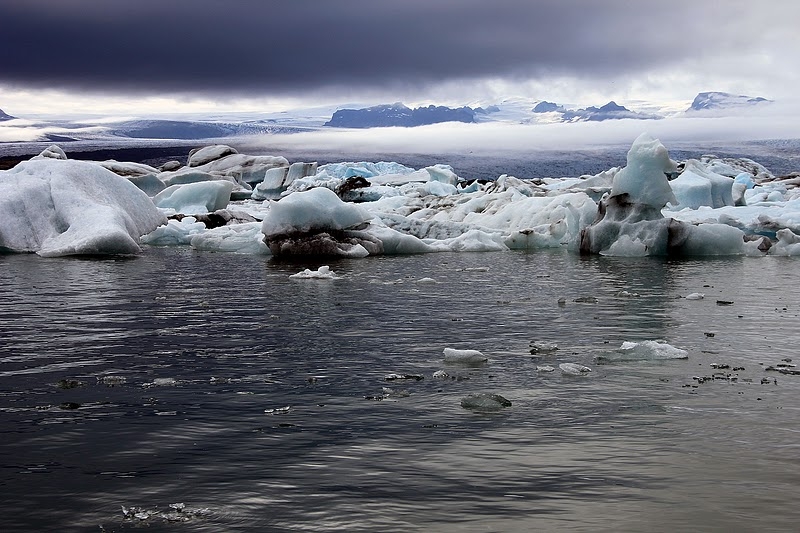
Some more pictures. Just enjoy!
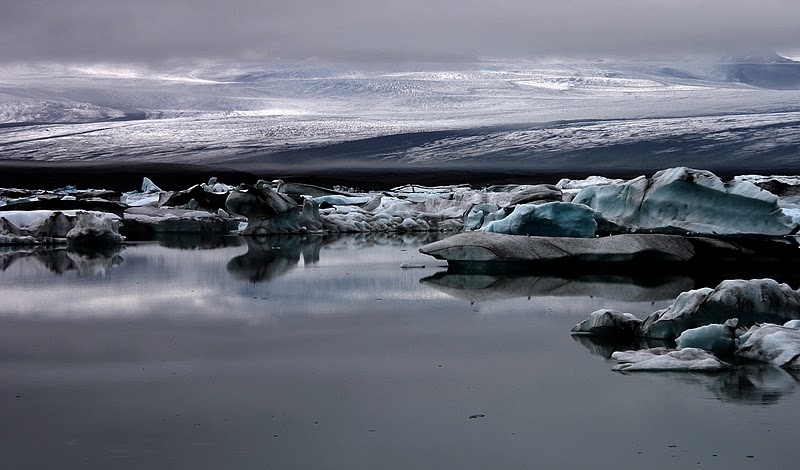
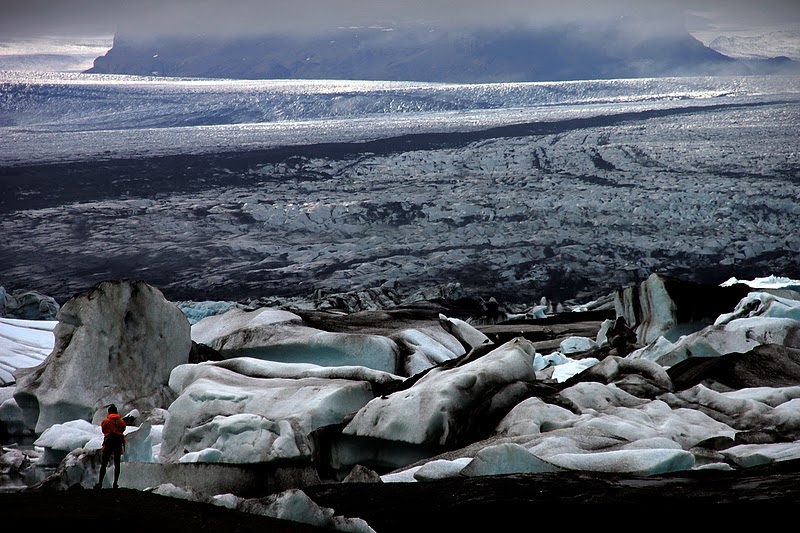

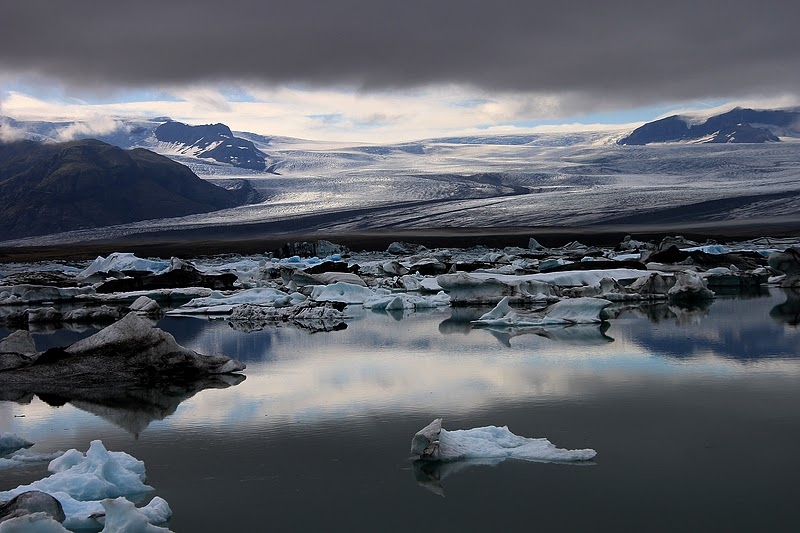

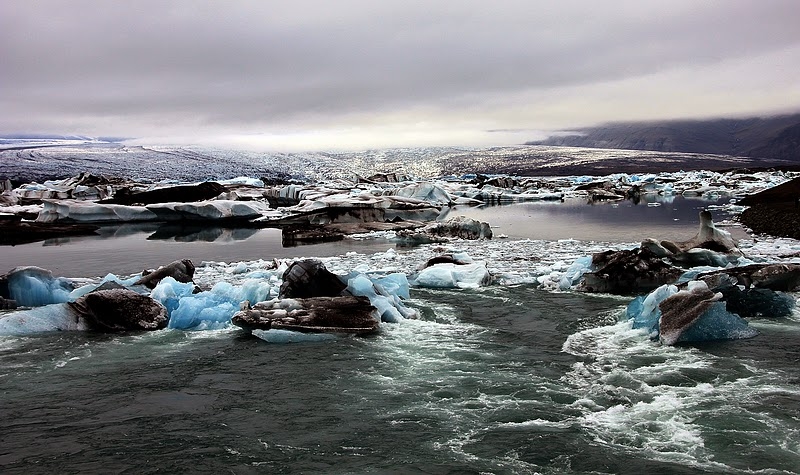
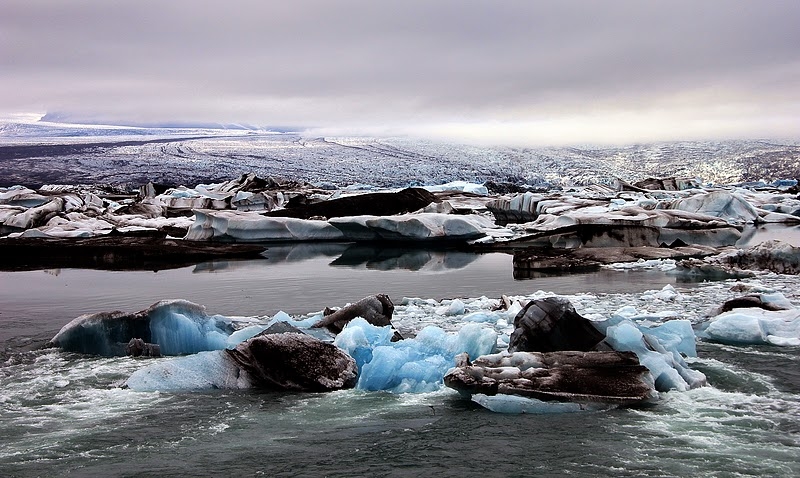
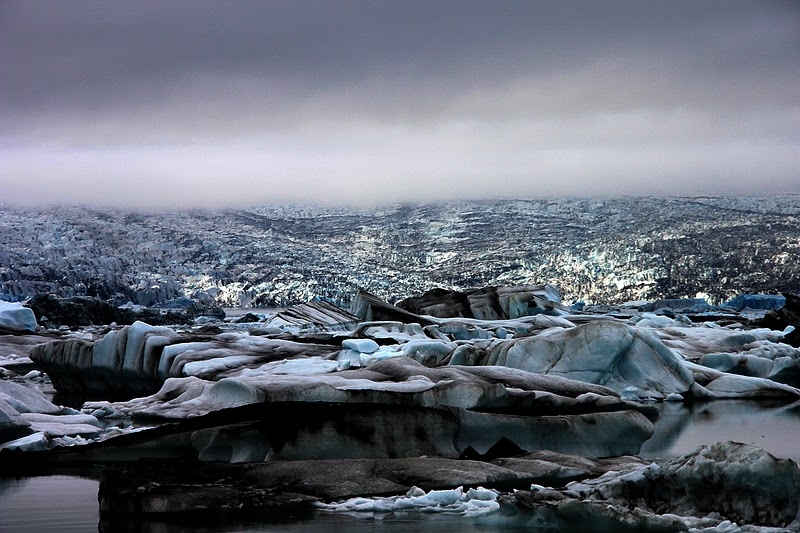
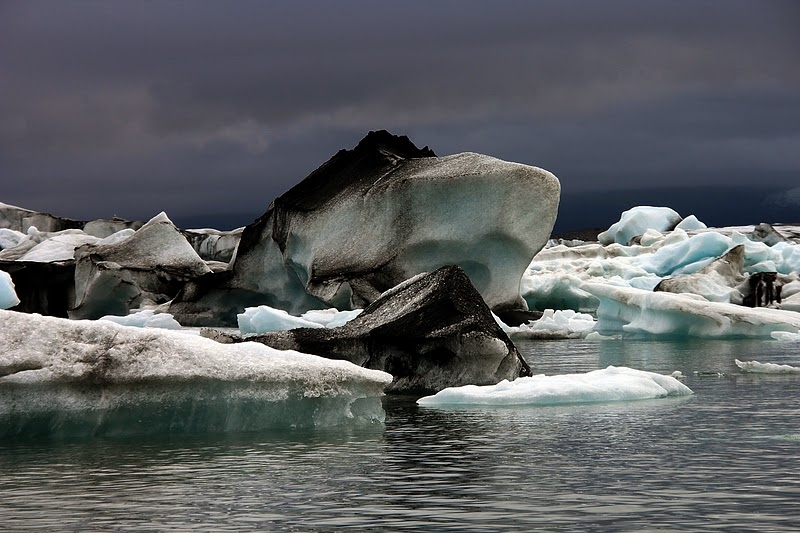

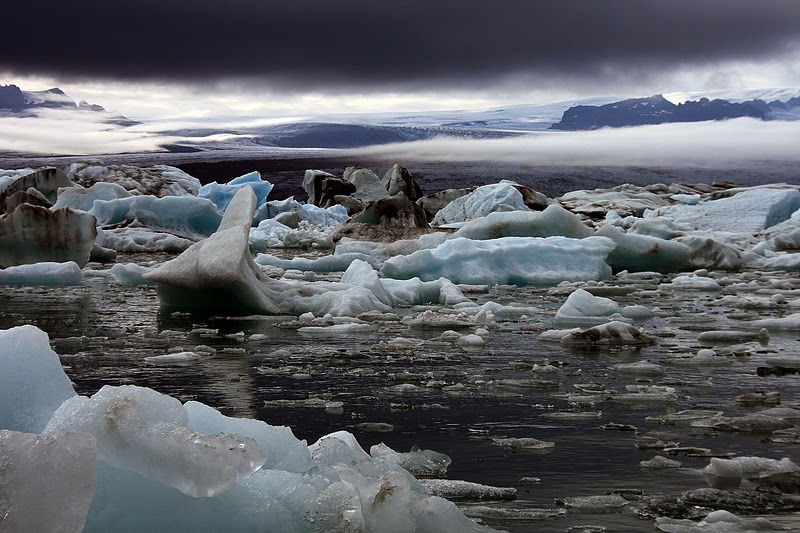
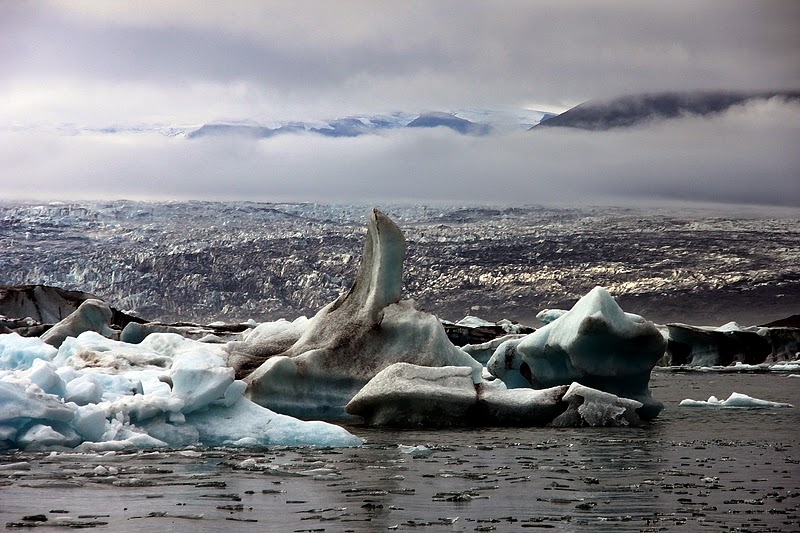
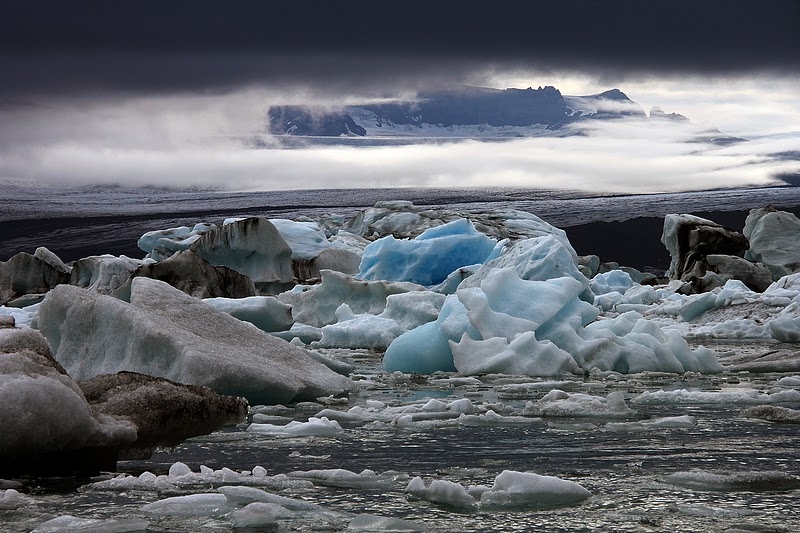
Iceland is a wonderful place which just couldn't be called otherwise.
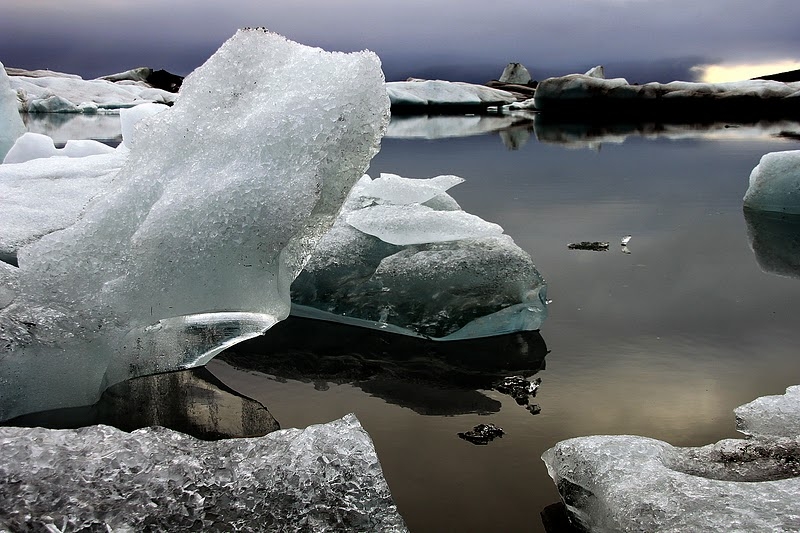
via pasl8
0 comments:
Post a Comment